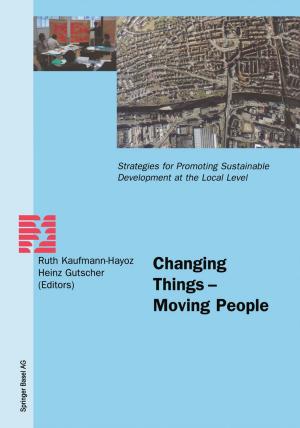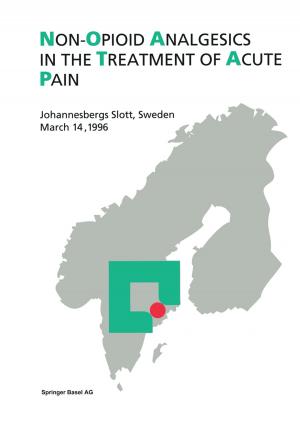Seismic Ground Motion in Large Urban Areas
Nonfiction, Science & Nature, Science, Earth Sciences, Geophysics, Mathematics, Mathematical Analysis| Author: | ISBN: | 9783034873550 | |
| Publisher: | Birkhäuser Basel | Publication: | December 6, 2012 |
| Imprint: | Birkhäuser | Language: | English |
| Author: | |
| ISBN: | 9783034873550 |
| Publisher: | Birkhäuser Basel |
| Publication: | December 6, 2012 |
| Imprint: | Birkhäuser |
| Language: | English |
The accelerated, and often uncontrolled, growth of the cities has contributed to the ecological transformation of their immediate surroundings. Factors contributing to the urban vulnerability include: lowering or rising of the water table, subsidence, loss of bearing capacity of soil foundations and instability of slopes. Recent catastrophic earthquakes highlight the poor understanding by decision makers of seismic related risk, as well as the tendency of some builders to use the cheapest designs and construction materials to increase short-term economic returns on their investment.
Losses from earthquakes will continue to increase if we do not shift towards proactive solution. Disaster reduction is both an issue for consideration in the sustainable development agenda and a cross-cutting issue relating to the social, economic, environmental and humanitarian sectors. As location is the key factor, which determines the level of risk associated with a hazard, land-use plans and mapping should be used as tools to identify the most suitable usage for vulnerable areas.
The accelerated, and often uncontrolled, growth of the cities has contributed to the ecological transformation of their immediate surroundings. Factors contributing to the urban vulnerability include: lowering or rising of the water table, subsidence, loss of bearing capacity of soil foundations and instability of slopes. Recent catastrophic earthquakes highlight the poor understanding by decision makers of seismic related risk, as well as the tendency of some builders to use the cheapest designs and construction materials to increase short-term economic returns on their investment.
Losses from earthquakes will continue to increase if we do not shift towards proactive solution. Disaster reduction is both an issue for consideration in the sustainable development agenda and a cross-cutting issue relating to the social, economic, environmental and humanitarian sectors. As location is the key factor, which determines the level of risk associated with a hazard, land-use plans and mapping should be used as tools to identify the most suitable usage for vulnerable areas.















